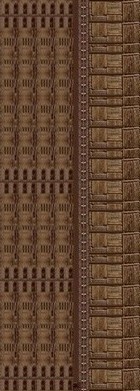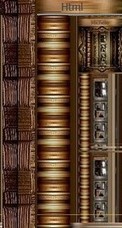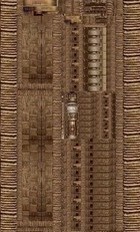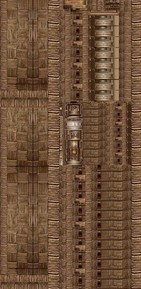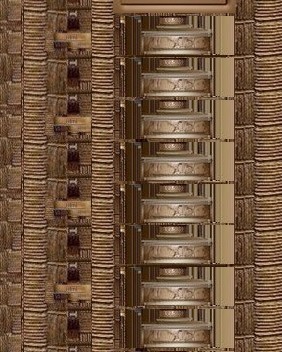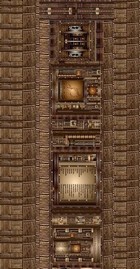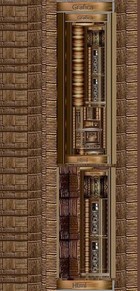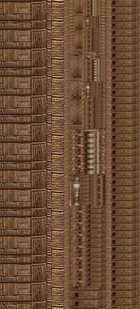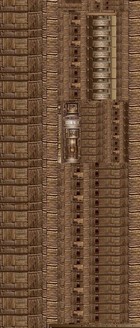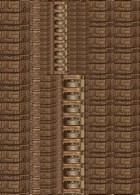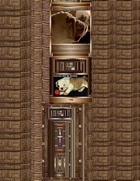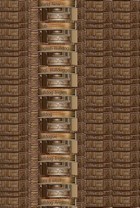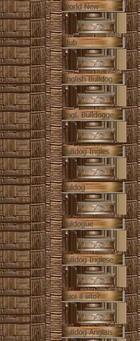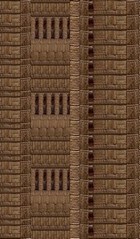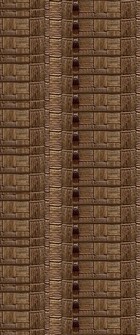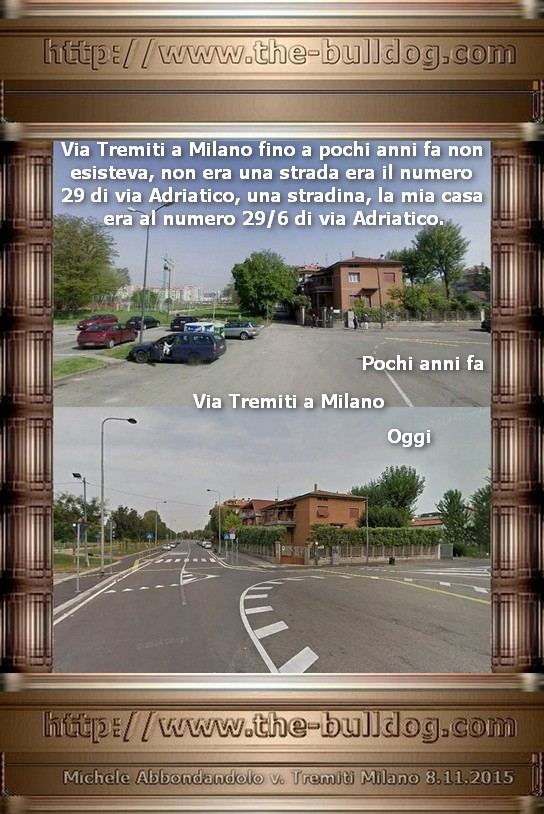

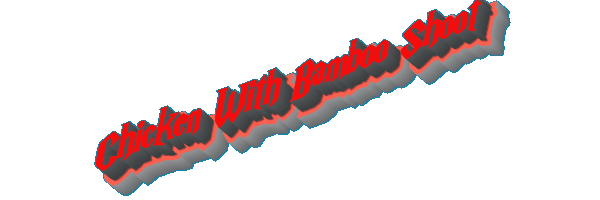
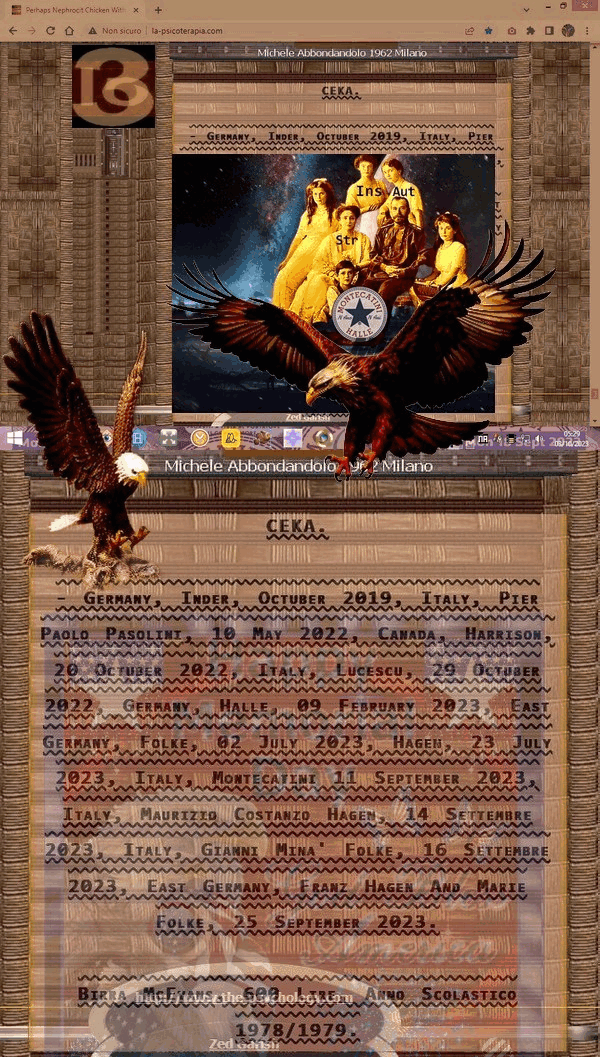
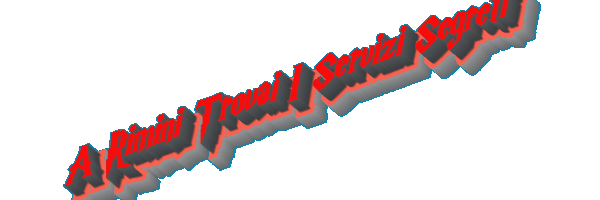

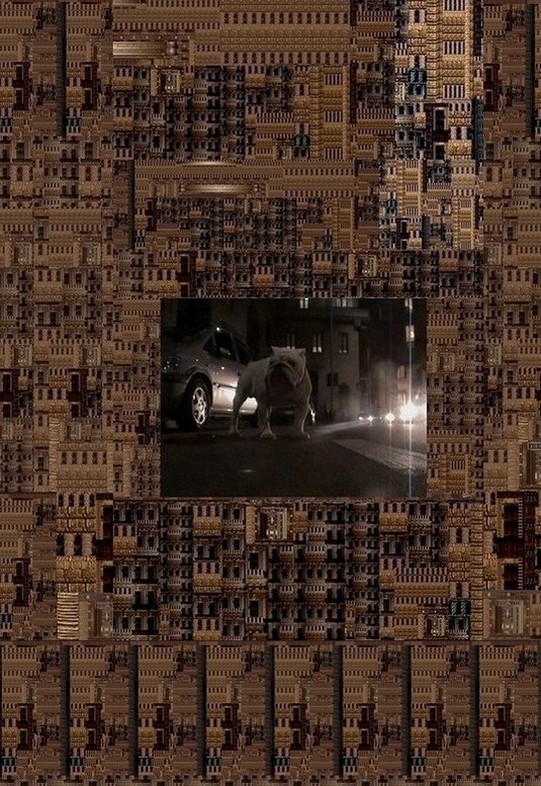
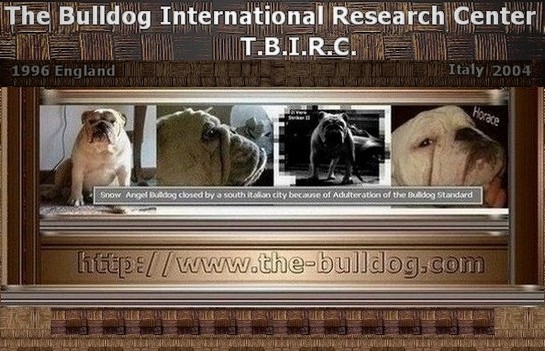
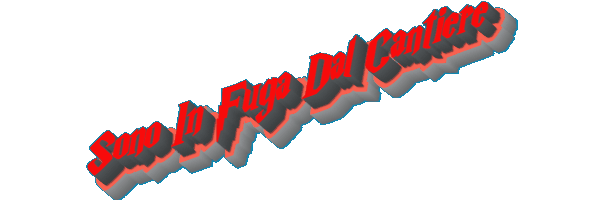
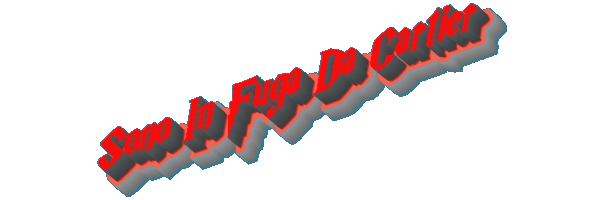 Breeds of Chinese Dogs: Pekingese Dog Type
Breeds of Chinese Dogs: Pekingese Dog Type


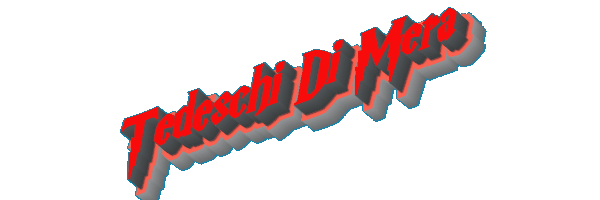
It is in this type of head that an endeavour is made to reach the ideal of having the eyes so far apart & the tip of nose & forehead so much in the same plane that a silver dollar (about the size of a half-crown) will, if lying flat on the plane of the dog's nostrils, touch the forehead, & at the same time lie at its broadest between, & not covering, any part of the eyes. The Chinese description of this type of face is " knife-cut mouth " (" tao ch'ieh tsui-rh "), the idea being that the appearance of the nose is as if cut with a knife slicing downwards on the front plane of the forehead. In this type, the face should be as rectangular as possible (" Ssu fang li-erh "), & not long & oval-shaped (" ch'ang hua li-erh "). The apple-headed (" p'ing-kuo nao-tai ") type of dog is broad from the face to the back of the head, has a domed forehead, the front of the skull protuberant, & the eyes less far apart. This shape is reminiscent of the King Charles & Blenheim spaniel type rather than that of the English " Pekingese." It seems likely that these points are characteristic of two distinct varieties which have, in modern times, been crossed through paucity of really good specimens of either breed. Among the colours best liked are :
(1) The tortoise-shell face (" F ai ming li-erh "), considered attractive on account of simulation of laughter ;
(2) The three-flower face (" san hua li-erh "), which is black
round the eyes, yellow on forehead, & white round the mouth ; &
(3) The head black (" wu t'ou ") with the remainder of the body another colour.
The shape & insetting of the nose, the most distinctive feature of the race, are perhaps of relatively less importance in China, where the objective of the breeder is not necessarily altogether snub-nosed, than in the West. Chinese breeders insist that the best shape for the tip of the nose is that of the " Ru-yi," a Buddhist emblem in the nature of a sceptre, whose shape & significance are equally difficult of definition. The name refers to the boss at the end of the " Ru-yi," which is very similar to another & rather more fixed standard of shape, that of the Chinese conventional cloud. This latter is the nose outline found in most of the bronze Chinese lions. When the nose is somewhat depressed at the tip, giving a rounded or somewhat hooked expression, the name " sheep-nose " is applied. If very pointed at the tip, with the side lobes somewhat depressed, the dog is said to be tortoise- nosed. The nose must, of course, be black-tipped. There is doubt as to whether this is the case with the tongue, for though the tongue of the Chinese chow-dog must be " like as if he had been drinking ink," this does not appear to be essential in the " Pekingese." The encouragement which this point does obtain is said to be due to the opinion held by Chinese breeders in Peking that dogs with spotted or black tongues are more easily saleable to Europeans. The tongue of a well-bred dog should, from birth, have a tendency to project a little to the right or left of the mouth. This point is fre- quently illustrated in the " Dog Books," & though dis- couraged by the late Empress Dowager, is much valued by the majority of Chinese. It may be mentioned that the Lamaist ' hou " a mythical animal very similar to the lion is represented with an inordinately long tongue, the possession of a similar characteristic being also one of the thirty-two Superior Marks of Buddha. The tongues of Chinese dogs are often rendered permanently long by forcible stretching during puppyhood. In this case, the tongue projects in the middle of the mouth. This is considered a bad point. A very long tongue is sometimes the result of pneumonia, & the Chinese refer to it as a " strangled ghost " (" Tiao Sze Kwei "), on account of the fact that in Chinese plays the masks used to represent the ghosts of the garotted or hanged are made with protruding tongues of extraordinary length. An interesting phenomenon is the fairly frequent appearance of very large-sized dogs, nearly always with fine head-de- velopment. This is said to be encouraged by over-feeding ; but the occurrences appear to be throw-backs to large-sized ancestral stock. If of male sex, these are never used for breeding, but become guard-dogs for the owner's kennel, which often among the breeders of the palace contains as many as twenty dogs. The eunuchs also use them to a certain extent for dog-fighting.
The ears should be placed well behind the middle axis of the forehead, not too high on the skull, & should be well feathered (not turned outwards in front), giving the appearance of a rake (" pah-tzu "), nor yet projecting at the side (" chaio- tzu," or horn-ear). Other bad points occasionally found in China are sesamum-seed ear (" chih-ma-erh-t'ou," or prick- ear), or the ear sharp-pointed & pushed forward.
The mouth & cheeks may be somewhat round & dump- ling-like, not under-shot as to the lower-jaw (" Ti kai tien," " earth covers the heaven "). The lower jaw & chin should be well developed, not frog-like (" ha-mah tsui "). There should not be projection of the upper & lower lips & gums (" to cherh "). The best mouths, of course, are those. in which the lower part of the face is in the same plane as the front of the ear (" tao ch'ieh tsui "). The Chinese liken the eyes of their best specimens to the " Loong Ching Yii " (" dragon-eye fish "), or gold-fish. They should be very large, lustrous, & prominent, with the iris broad & of old-gold colour (" bi chi yen-erh," water-chestnut eyes). If showing rather more white they are called " leopard eyes."
Ideal body development next in importance to that of the head requires a well-defined waist, slightly concave (sycee- like) back, a short, compact & sturdy body, front legs shorter than the hind legs, with the object of producing a rolling gait, which should, however, be steady & free. This gait is compared to the movement of the plentifully finned gold- fish. The fore-legs should be short, not straight & stick- like (" chih pang t'ui ") ; the hind legs should not be bent & hoop-like. The fore-legs should be turned slightly outwards at the shoulder, & there must be a slight curvature thence down to the toes, wlich should turn somewhat outwards, but not enough to produce the serious defect called " crab- toes." The curvature of the fore-legs must not be ex- aggerated, for in such cases there is usually a deficiency of bone. This fault is sometimes so pronounced as to produce the state of " sitting tiger " (" pah-hu'erh "), in which the dog tends to remain continually seated. Weakness of bone is one of the worst faults. Closeness of the legs is a similar fault, often produced through malnutrition during puppy- hood. A certain straightness of leg is admissible in China among the best specimens of " Pekingese " dogs. Ex- aggerated massiveness & curvature of leg-bone are not considered absolutely essential there. Some of the best " Pekingese " in China resemble the Japanese rather than the English variety in straightness of leg.
500 Bulldog Pages Multilanguages.
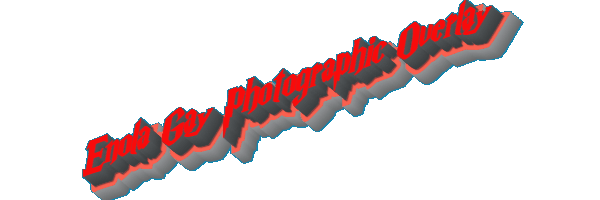

Breeders in the Celestial capital associate the special
' Pekingese " type with the Manchus. Some of them say
that the name " ha-pa " is a Manchu word meaning " to
roll in the walk," referring to the distinctive walk & gambols
of the " Pekingese " breed.
We might fairly conclude that at certain periods in Chinese
history careful breeding was pursued, & that a tolerably
fixed type was evolved. Some Chinese breeders state that
early in the nineteenth century specialization had taken
place to such a degree that eight distinct breeds, instead of the
three now remaining, had been evolved. The occurrence,
during the Tao Kuang period, of porcelains illustrating eight
dogs possibly a play on the name is a confirmation of this
theory. Much of the distinction between some of these
breeds was in length & coloration of the coat & in mark-
ings. In Peking, the dogs of this breed carry a coat com-
pletely changed twice yearly. This change begins in March
with the shedding of the long winter coat. The short summer
coat is changed towards August. The shedding of the winter
coat is more sudden & complete than in Europe on account
of the more abrupt change from extreme cold to the hot
summer. Consequently, the Chinese dog is apt to shed its
coat in patches, like the camel, & the coat never attains the
luxuriance found in Europe. Some fanciers used to send
their dogs to the hills during the hot weather in order to
avoid this abrupt shedding of some of the coat, for heavy
feathering of the tail, a good ruff, " shirt-front," & fringe
behind the legs & on the feet are fully appreciated. Some
fanciers give their dogs linseed oil in small doses with a view
to securing brilliancy of coat.
Of self colours, the Chinese consider three to be important :
the apricot, the liver, & the black. The Chinese apricot
fruit varies from a golden-yellow on the sunless side to a
rich orange red shading into yellow on the sunny side. It is
possible that this colour came into fashion on account of the
famous specimen owned by the Tao Kuang Empress. Among
self-colours this is undoubtedly the most highly prized : &
if it is accompanied by a golden silky gloss, the Chinese will
make far greater allowance than the European for weakness in
other points. So great has been the appreciation of this
combination, that it has been embodied in a numerical couplet,
' Chin Ssu Ha-pah," which is proverbial & commonly
used in Peking in the drinking game of Noria, which con-
sists in guessing the number of ringers extended by the two
opponents. This couplet stands for the number eight, &
the golden-coated " hah-pah " dog is caused to compare in
rarity with the rank " t'ou ping t'ing t'ai," the chief button of
This name dates from the Yuen or Sung Dynasty. Dogs of this colour are
believed to have been extinct in China for the last sixty years.
mandarin rank, a couplet which stands for the number one
in the same game.
At one period the Chinese made successful efforts to pro-
duce white " Pekingese " dogs, free from the white noses
& pink eyes due to albinism. These may date back to the
Mongol Dynasty, for the Yuen Emperors appear not to have
shared the Chinese objection to white in animals through its
association with mourning. Marco Polo records that 100,000
white horses were presented to Kublai Khan on New Year's
Day, & this custom continued at least to the time of K'ang
Hsi.
Among the parti-colours, pride of place is given to tortoise-
shell specimens : these are followed in importance by yellow
& white, liver & white, & black & white. The
Chinese have a picturesque way of describing dogs with special
markings as " flowered " dogs. The admiration in which an
imported dog, such as the pointer, is held on account of its
markings, is very striking to the newcomer in China. It is
natural in a city of clans that there should be a tendency to
specialize in particular colours among certain of the clans &
families. This would render certain colours & markings
more stable in China than elsewhere. Similar circumstances
may account for the persistence of the white spot commonly
found on the forehead of " Pekingese " dogs, & may throw
light upon the origin of the Blenheim spaniels whose " spot "
is known to have been characteristic in the original breed,
though the point now rarely occurs. A white blaze upon the
forehead of a horse is believed to be unlucky by the Chinese,
& they quote history to prove this. This point in small
dogs, however, is prized & encouraged by selective breeding.
It may be recalled that one of the thirty-two superior marks
of Buddha is " between the eyebrows a little ball shining like
snow." In this, we have, perhaps, the origin of the universal
Chinese custom of wearing a piece of jade or other precious
stone in the front of the hat. The wearing of pearls in this
way to mark official rank was a special prerogative of the
Manchu Emperors, & can be traced to the T'ang Dynasty
(A.D. 618). The Emperors of that & other periods gave
official rank to their most prized specimens, & perpetuation
of the " Ting-Tzu " (official button) thus becomes easy of
explanation. A variation of the white spot is the case " T'ung
T'ien Bai " (" White [spot] leading to heaven ") in which the
spot spreads to a broad blaze on the forehead, sometimes
continuing well over the back.
It has been suggested that, because Chinese officials &
literati were inordinately proud of their huge horn-bound
spectacles, the breeding of " spectacles " into the race of
" Pekingese " may have been favoured in China. It is pos-
sible, however, that the recurrence of " spectacled " (" Sze
Yen ") dogs was not subject to as much encouragement as is
found among European breeders. The epithet " four eyes,"
applied to a man, carries more stigma in China than in
Europe. In addition to its connotation of all that is crooked,
it bears a special omen of bad luck, derived from Fengshui,
& an implied comparison to the canine race. Among
the common people the term is also applied to the prig who
wears spectacles to ape the wisdom of the short-sighted old
man or of the too studious professor. The wearing of spec-
tacles is a comparatively modern custom, & has never been
an official sign of rank. It is, therefore, possible that, as in
the case of the white " shirt-front " which is a point of
minor importance in Chinese specimens, having no imagina-
tive meaning in China this matter of the " spectacles " is
liable to greater encouragement in Europe than it ever had in
China. Chinese breeders distinguish between specimens
having the spectacle marks poorly developed (" an ") & those
whose markings are clear (" ming sze yen"). To take rank
as being suitable for portraiture in the Imperial Dog Books, a
spectacled dog should have fire-coated cheeks, fore- legs &
rump, &, when in possession of these, is considered very
handsome. Other markings which are much appreciated are
the " five clear flowers " (" wu ming hua "), five clear patches on
a ground of different colour, & " three divided flowers "
(" san chieh hua "), consisting of three unbroken patches of
colour, such as a large spot on the back, another on the head,
& another on the hind-legs. A variety of this, which is
particularly admired, possibly on account of Buddhist as-
sociation with the Manjusri's harnessed lion, is the case in
which the back-spot is centrally placed & takes the shape of
a saddle (" an-tzu hua|"). A similar variety is that in which
the saddle-mark spreads right round the body in the form
of a sash-marking (" t'ai-tzu hua "), sometimes with an ex-
tension on one side like the overhanging flap of the Chinese
girdle. The sash is still worn in China, just as was pre-
viously the case among the belted earls of Europe, as an
exclusive privilege to indicate rank. A yellow belt is worn
by certain members of the Imperial family only. Similarly,
a white sash-mark on a black dog is taken to simulate the
jade belt worn by the Grand Councillors of pre-republican
days. Small spots sometimes occur on the coat of the lips
& forefeet (" cho hua ti-erh "), & constitute a rather bad
point.
Markings which are found on black dogs only are, first, the
"sable cloud over snow" (" wu yun kai hsueh"), white feet,
white stomach, black back & head ; & secondly, the
" standing in the snow " (" hsueh li chan "), black coat with four
white paws. But white feet in black dogs remind the Chinese
of the white shoes used only in mourning. A special name is
also given to the specimen having one paw of a colour differing
from that of the others (" ku ti'erh "). A hind-leg marking
which is appreciated, especially if paired, is that in which the
lower part of the leg is of a distinctive colour with a narrow
ridge of another colour above it, giving an impression of the
Chinese trouser (" t'ao k'u ").
Tiger-stripes on the coat after the manner of a tabby cat
are much appreciated. These, however, & the " prince "
character written in wrinkles upon the forehead, are attri-
butes rather of the short-coated or Pug type than of the
' Pekingese." Similarly, an elastic skin enabling the dog
to be picked up by the scruff without pain, though existing
to a more pronounced extent in the short-coated type, is
looked upon with favour.
Within recent years, the Imperial breed of dogs has been
made the sport of Chinese fashion. The Chinese occasionally
cross the breeds of the three races of dogs the lion, the pug,
& the Pekingese and it seems likely that the stock has
from time to time been much varied by importation of new
blood from various parts of the vast Chinese Empire a
fortunate circumstance, for the breed would, no doubt, be
wanting in gameness & fail to possess the spirited & fear-
less carriage which are among the most important factors
in its strong individuality, had there been no cross-breeding
from a remote past, in the restricted environment of the
Peking palace. It is found that throw-backs to a long-
haired type, or to a short-haired pug ancestor, occur occasion-
ally even among " Pekingese " in Europe in the absence of
contamination for several generations. It appears not im-
probable that many of the dogs presented to the Emperors
by officials & eunuchs in the Palace were obtained by cross-
breeding. It must be explained that although at the end of
the Manchu regime there must have been many hundreds of
dogs in the Palace, only a few were under the eye of their
Imperial masters, the rest being bred by eunuchs, who
bought & sold among themselves & occasionally presented
or sold their best specimens to Chinese officials. As an
instance of modification through fashion, it may be mentioned
that during the Tao Kuang period the practice of docking the
dogs' tails, almost invariably carried out during recent years
in the palace, was not always customary. This practice
appears to have originated under the late Empress Dowager
in the reign of Hsien Feng, after 1815. The change was
probably made with the object of obtaining greater resem-
blance to the Chinese idea of the lion, which is always a
" cur tail " beast. The custom of docking is useful as an
indicator of the period of Pekingese pictures.
Another change in fashion was due to the Empress's ob-
jection to the so-called sleeve-dogs freaks whose pro-
duction must often have been the result of much pain.
Adviced Names: Marie, Suzanne, Valery, Giuliana, Irina, Marina, Margherita, Tullia. Franz, Manolo, Emanuele, Valery, Giuliano, Rino, Marino.
The Cartel On The 06th Of Octuber 2023:
1) 1970, Mr. Pongo Hagen 170cm Max, Dark Eyes.
2) 1976, Montecatini Halle East Germany 11.09.2023.
3) 1980, Enola Gay Photographic Overlay.
4) 1995, A Rimini Ho Trovato I Servizi Segreti.
5) 1930, www.la-psicoterapia.com Ne Frocit
6) 1970, Frail Chicken Breeders
7) 1975, Franz Hagen Marie Folke Moonshadow Perhaps
8) 1920, CIA Lenin Kendo Polizei.
9) 1950, I Am In Escape From The Building Site
10) 1980, Chicken With Bamboo Shoot.
11) 1980, McEvans Beer 600 Lire.


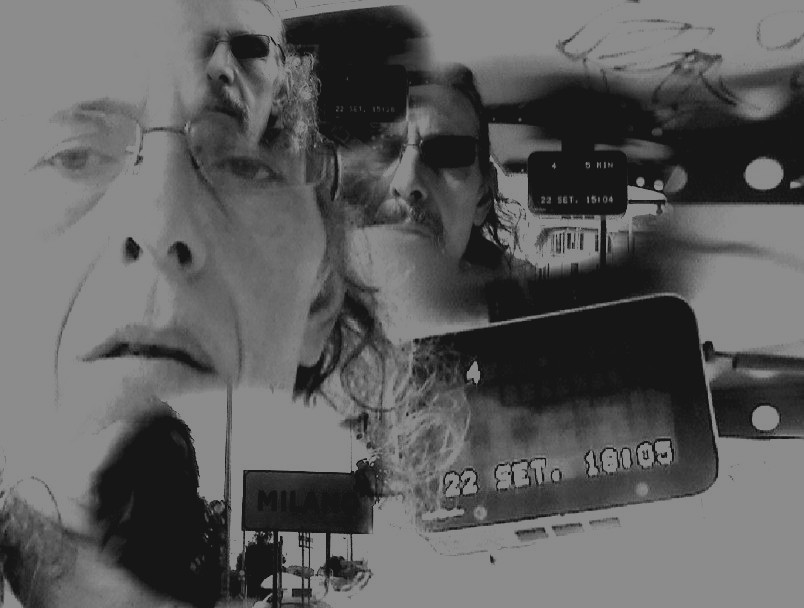
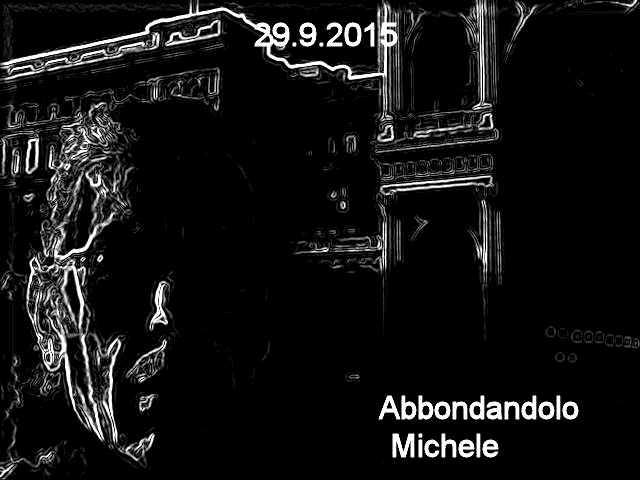
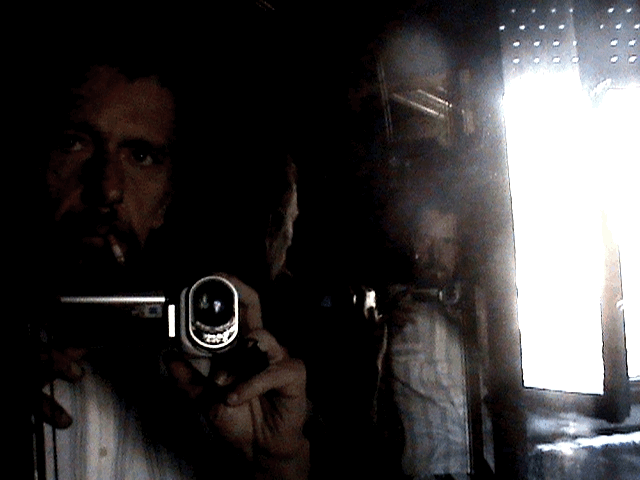
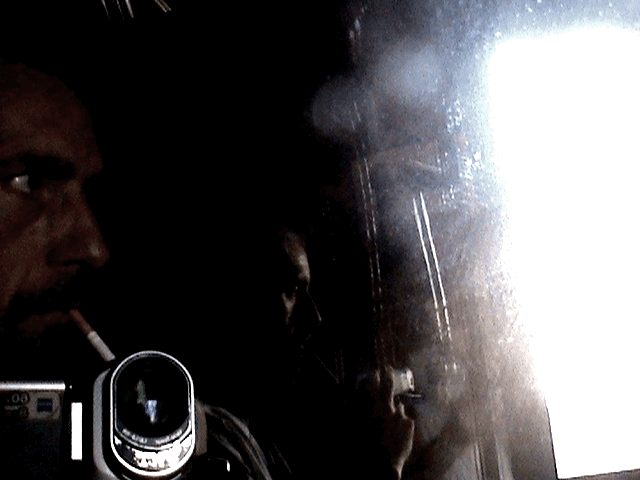
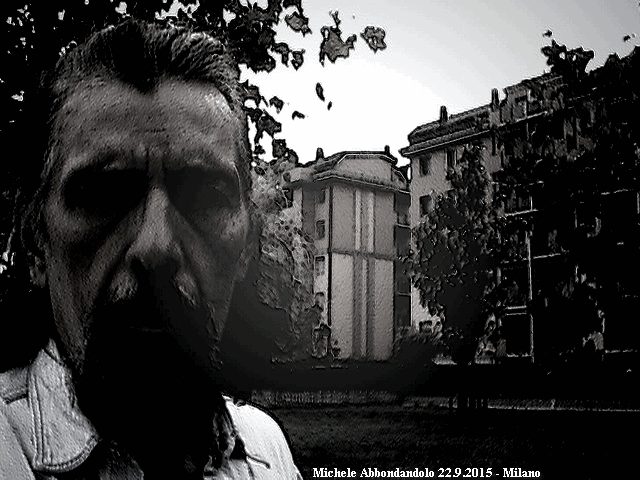
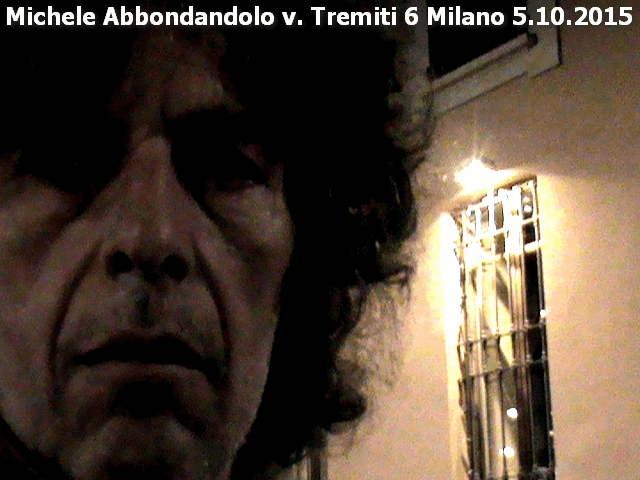
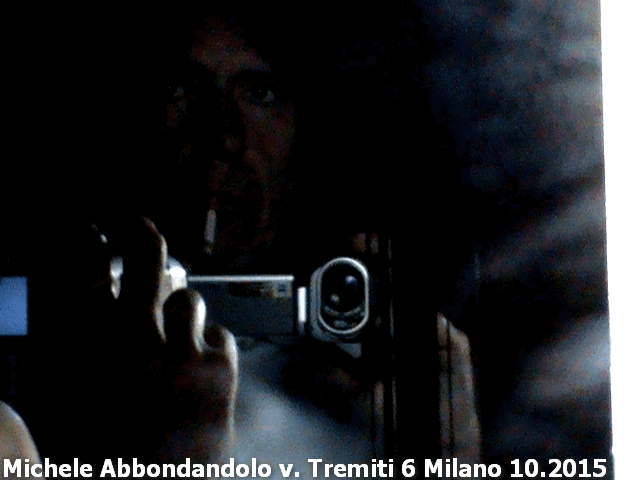
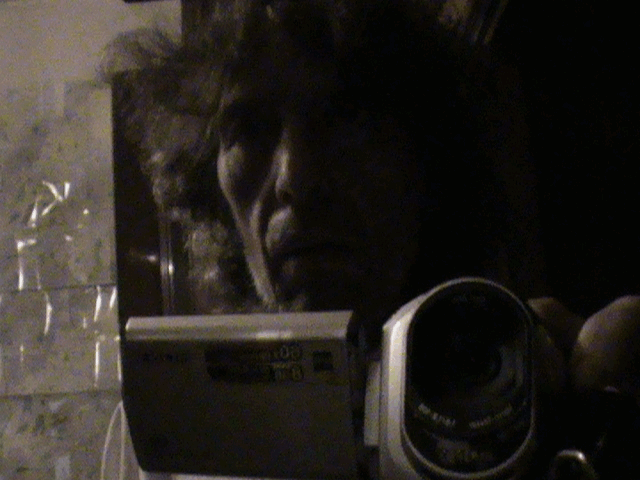
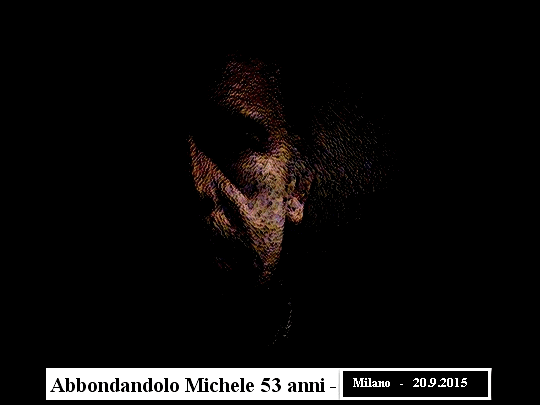
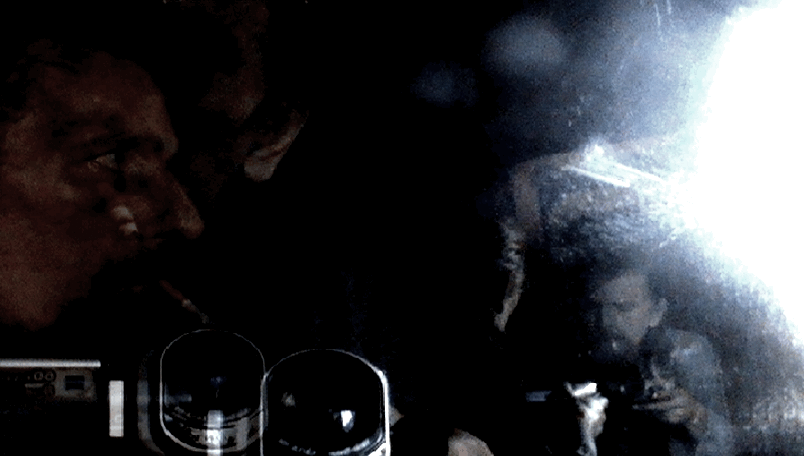
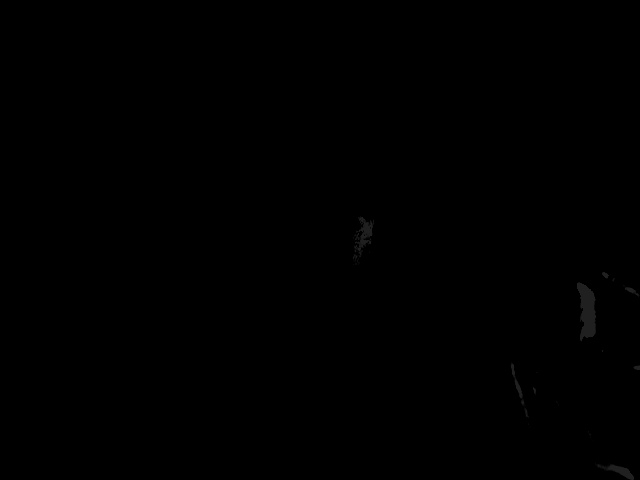
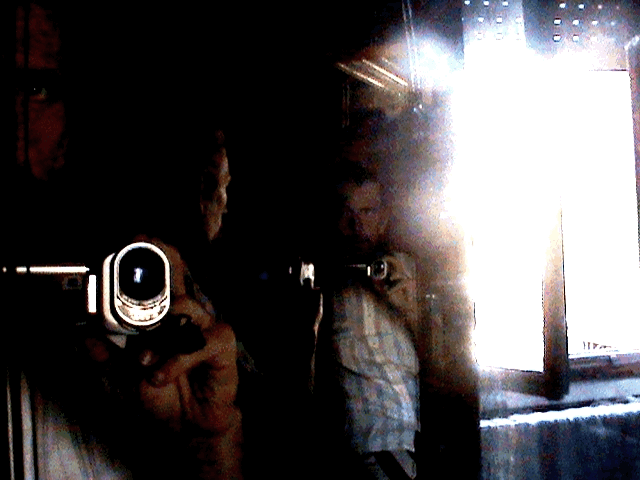
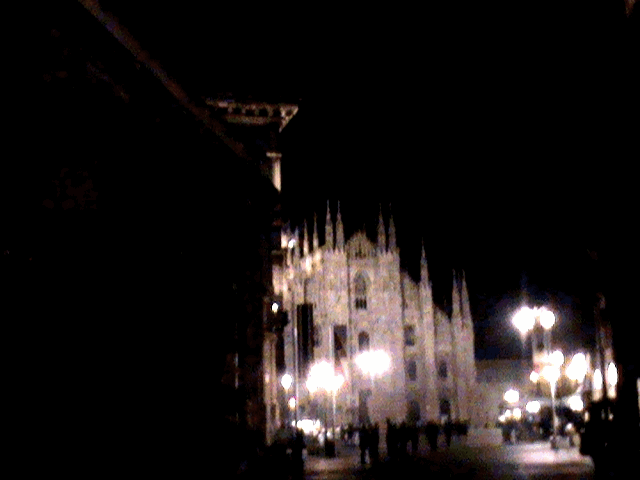
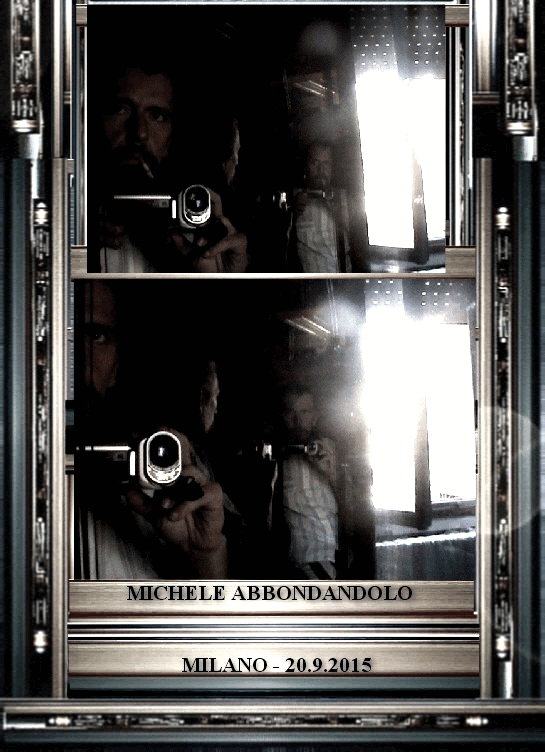


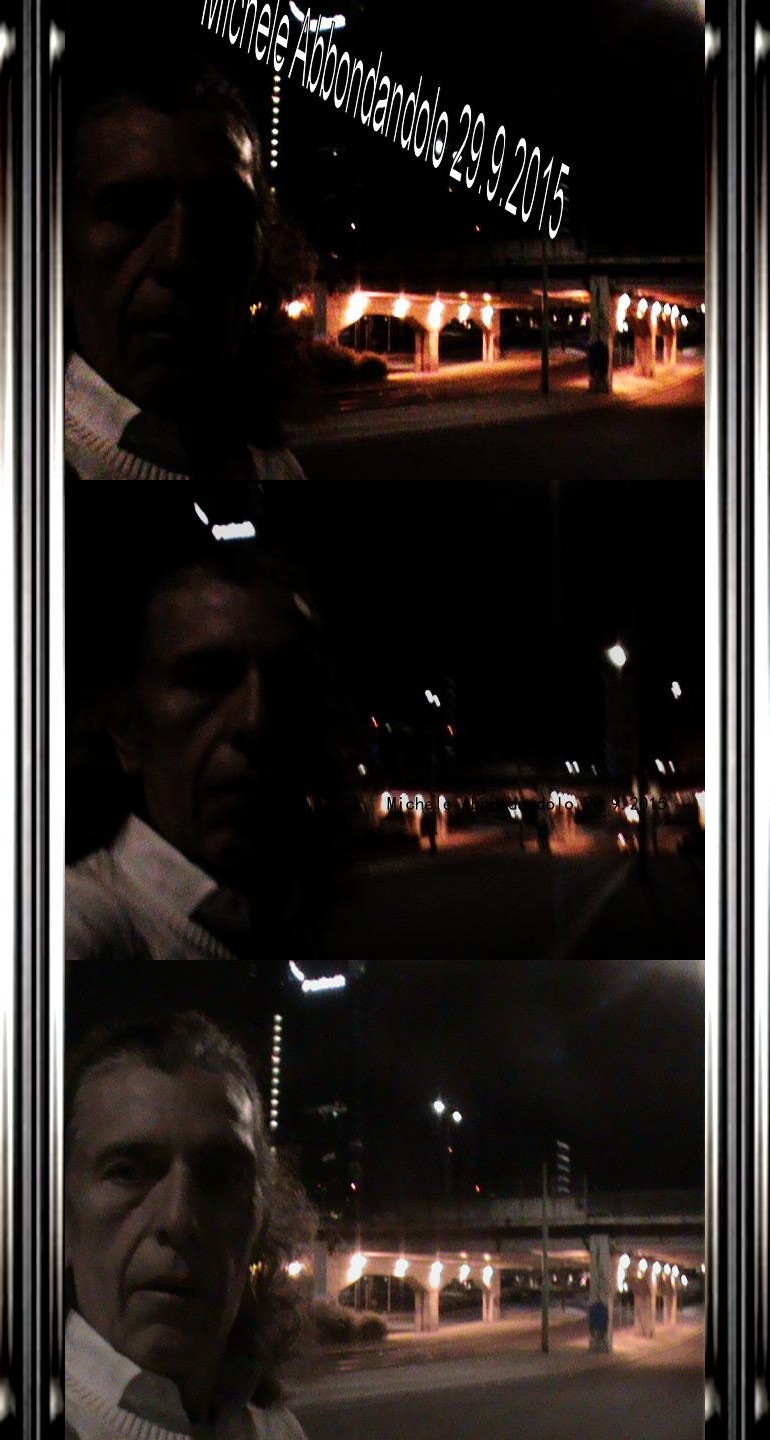

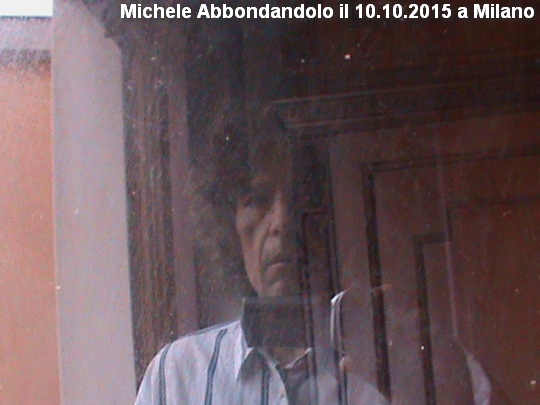
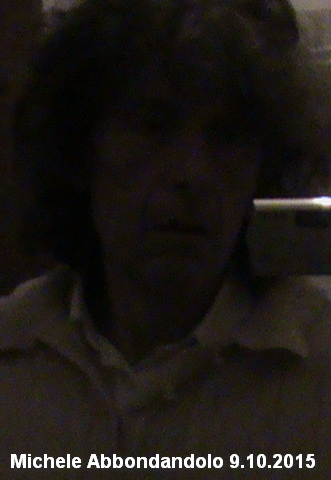

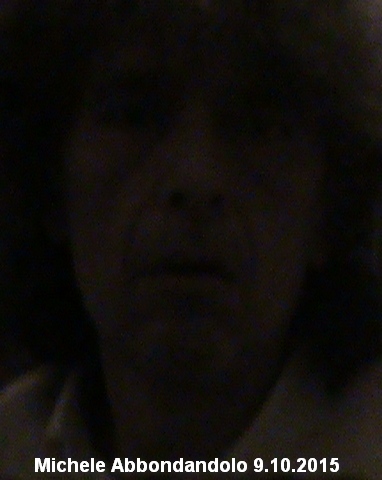
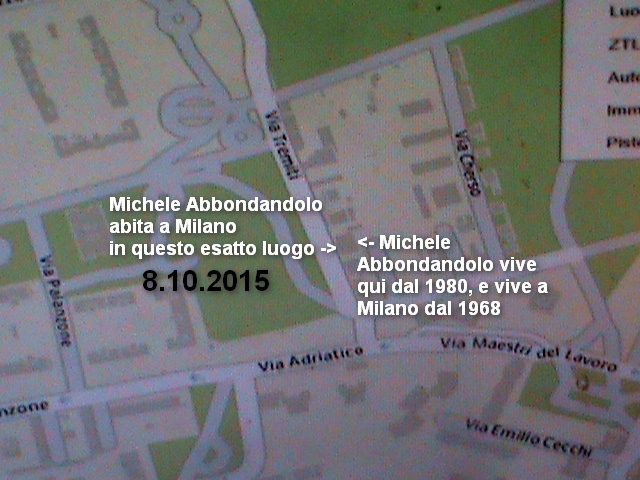
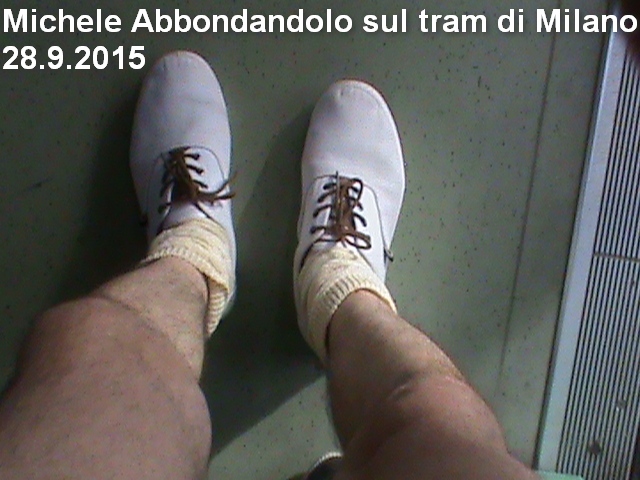 Dal 2001 bulldog per accoppiare 365 g. su 365 a Milano.
Dal 2001 bulldog per accoppiare 365 g. su 365 a Milano.
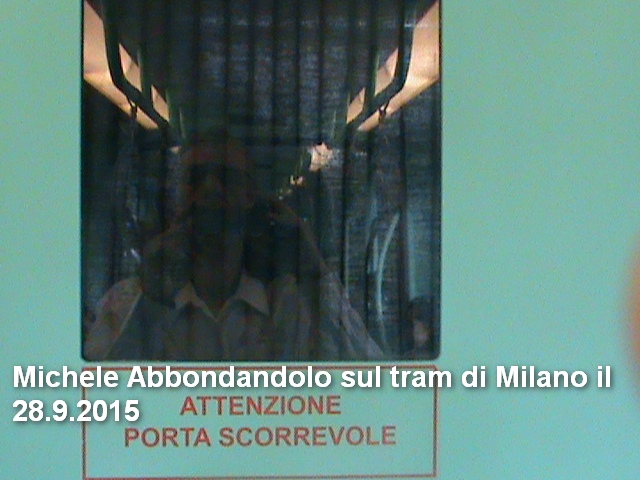 per cui sul sito belle fotografie dei quartieri di Milano dove uso stare.
1) P. Duomo, pure il 24.12 2) altri quartieri di Milano.
per cui sul sito belle fotografie dei quartieri di Milano dove uso stare.
1) P. Duomo, pure il 24.12 2) altri quartieri di Milano.
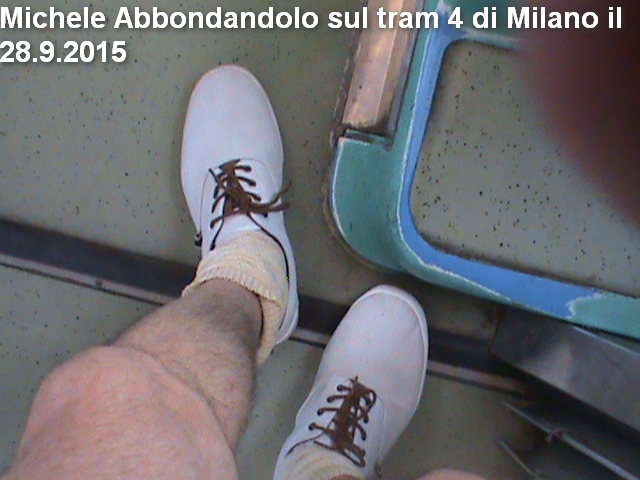
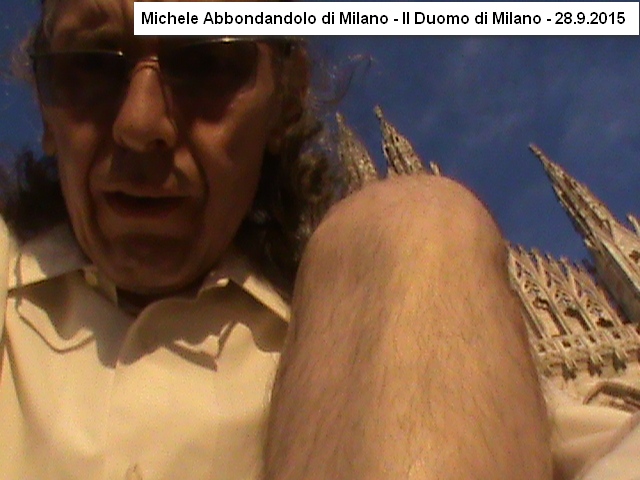
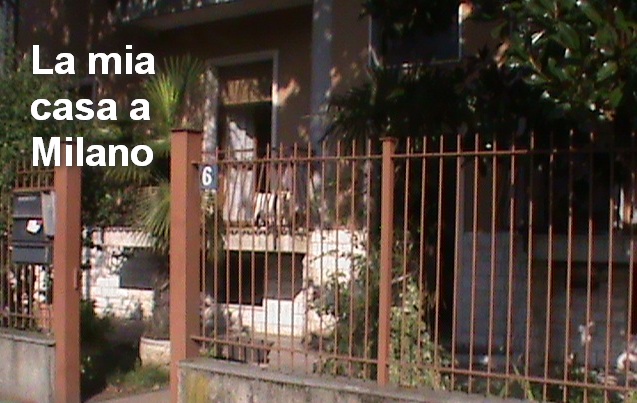
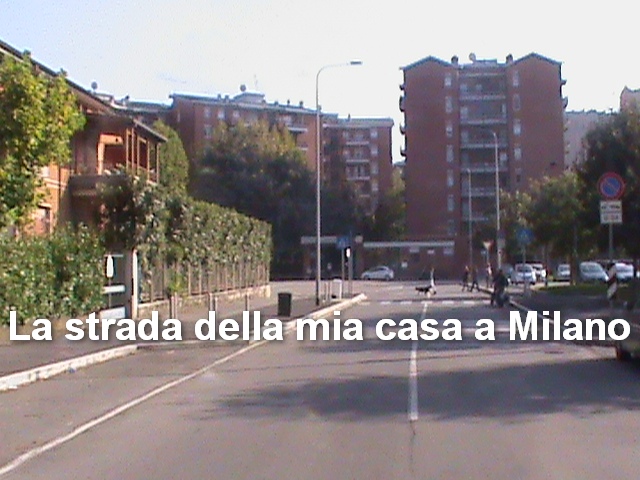
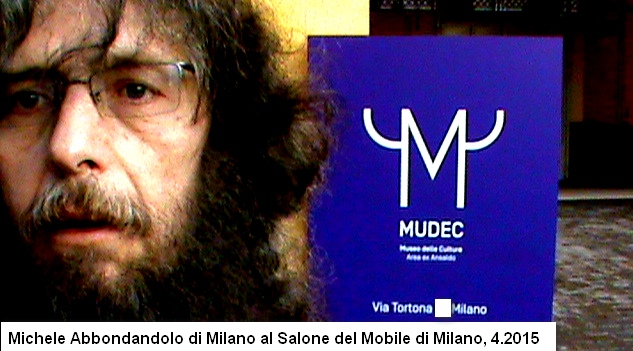
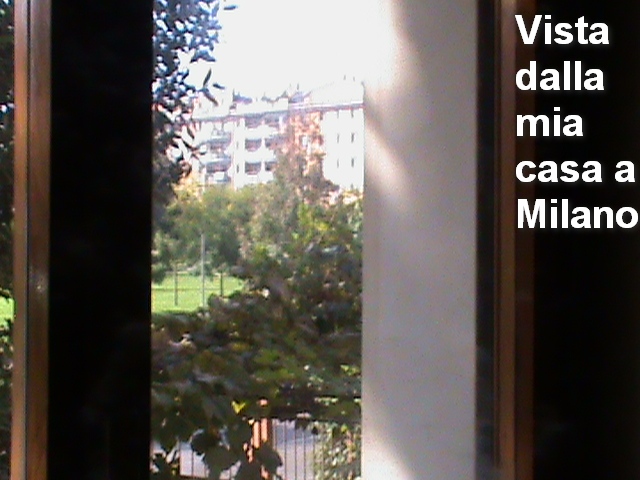
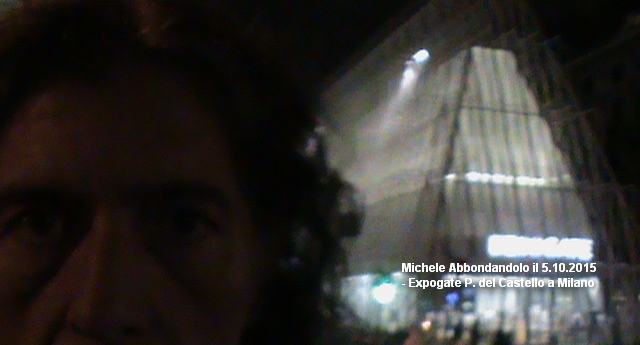
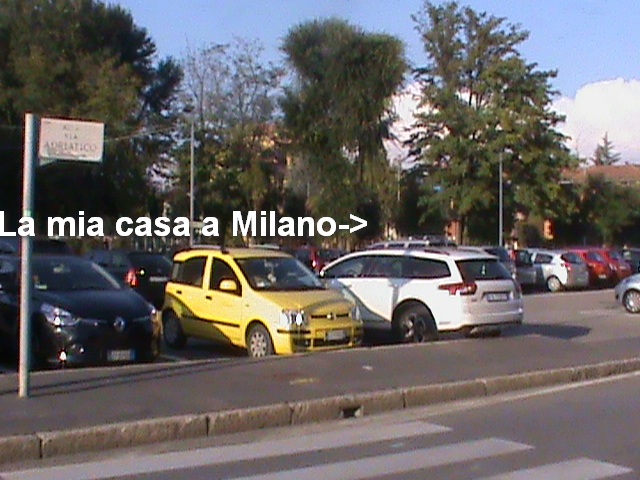
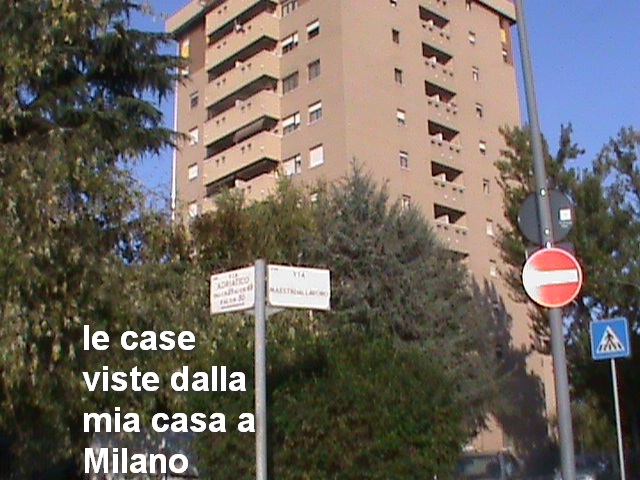
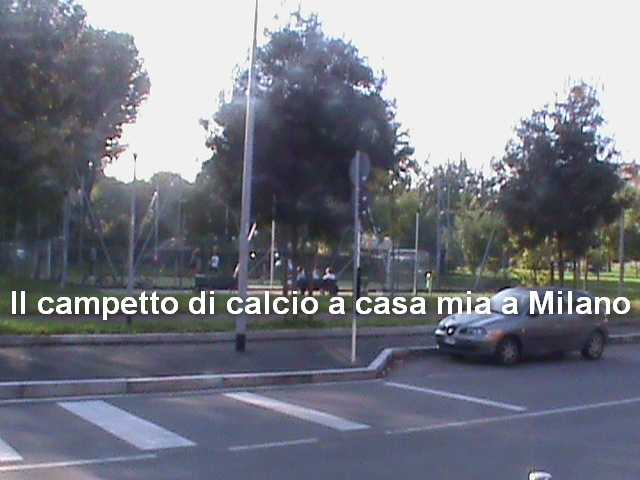
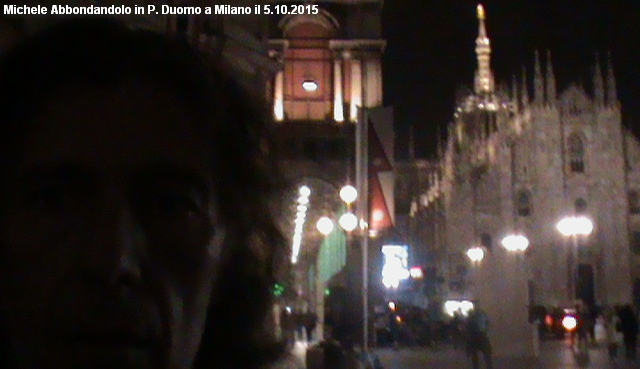

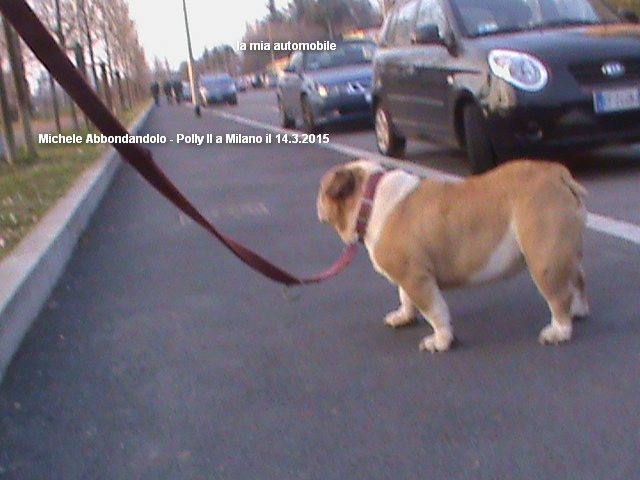
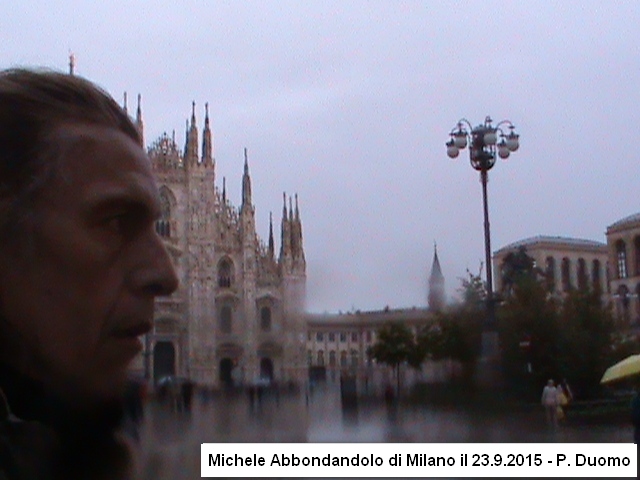
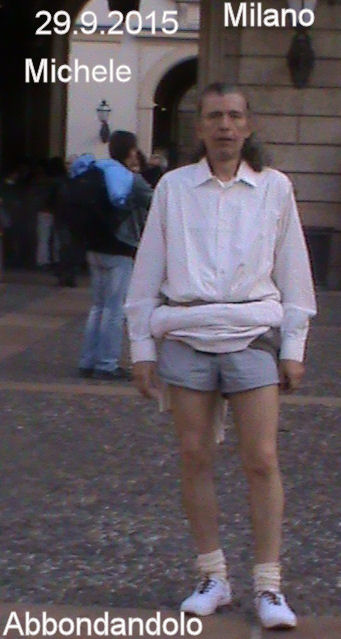
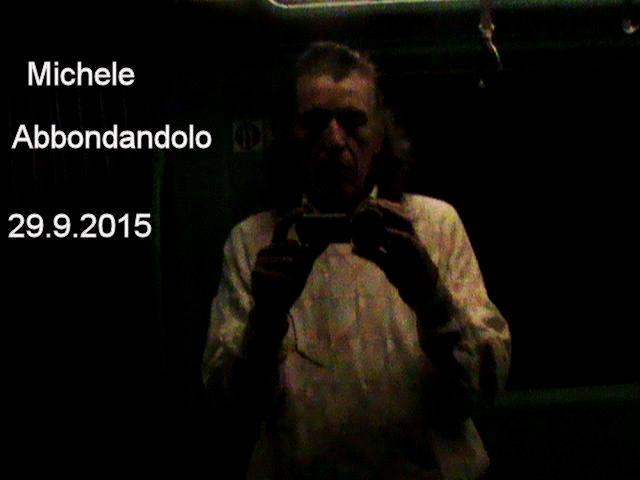
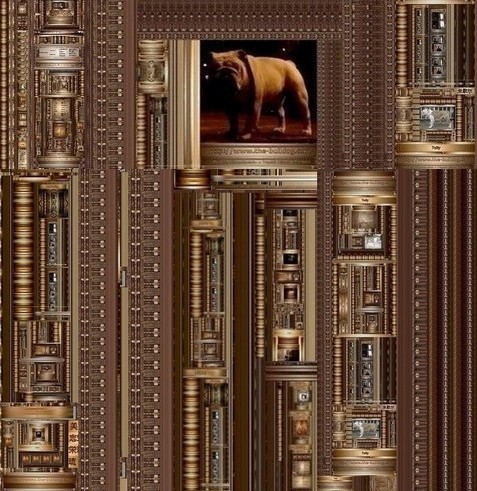


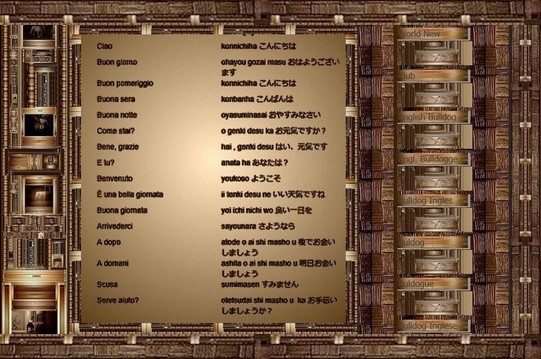

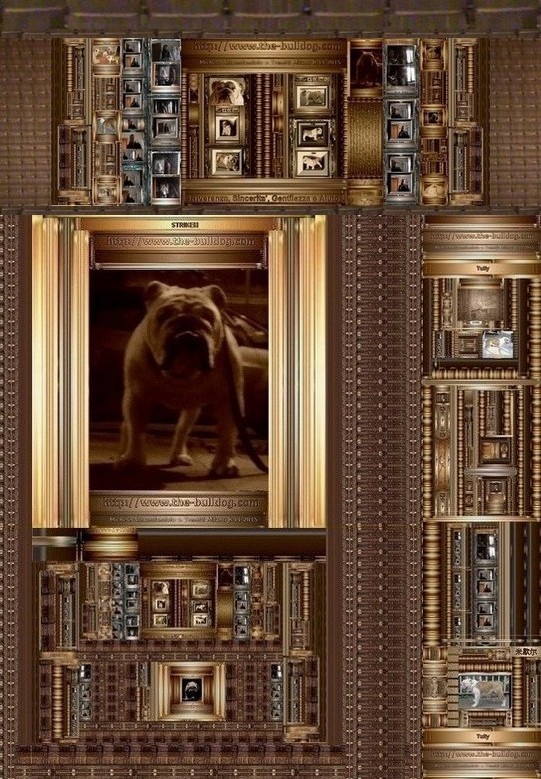
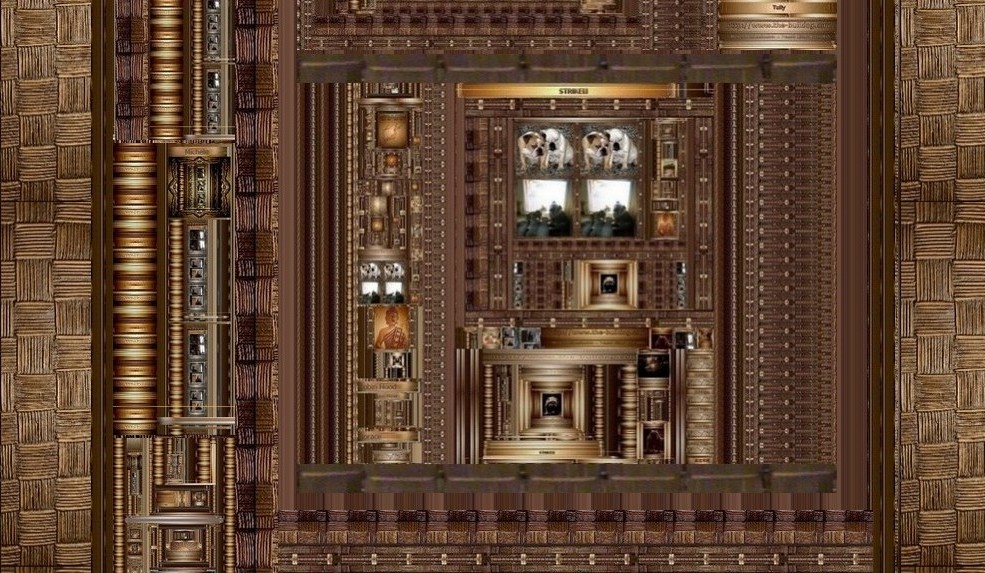
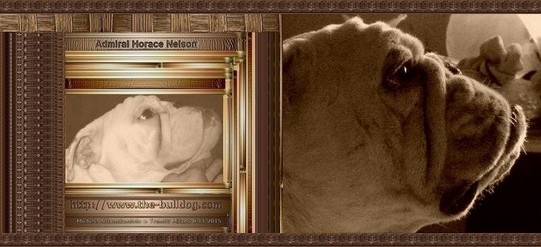
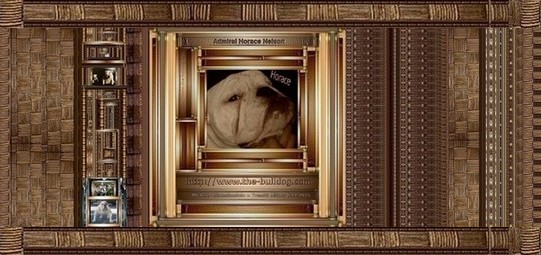
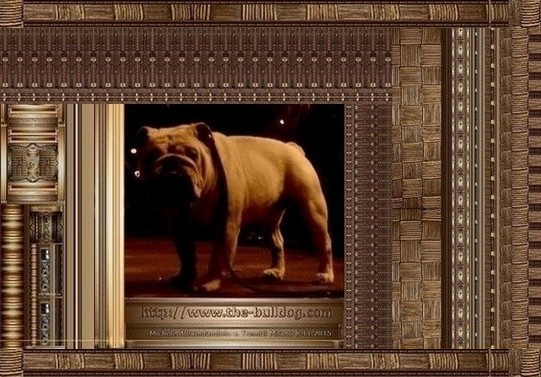
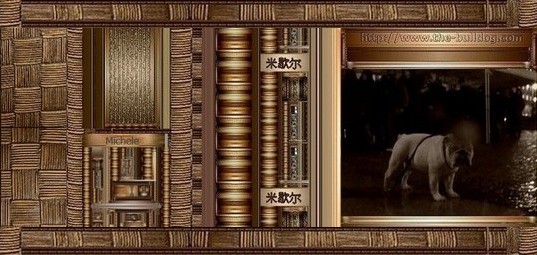
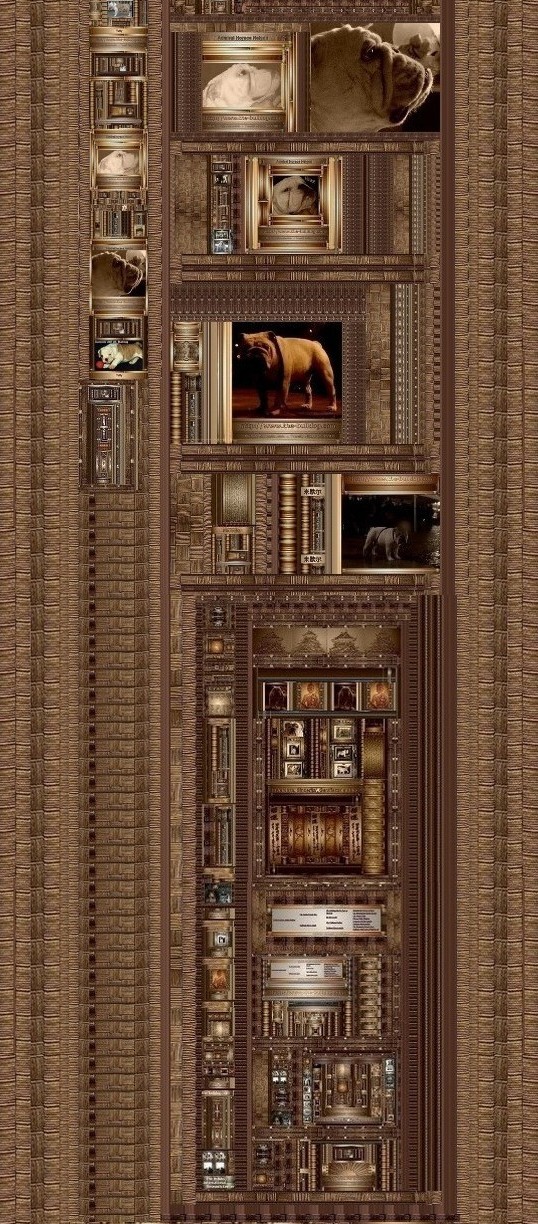

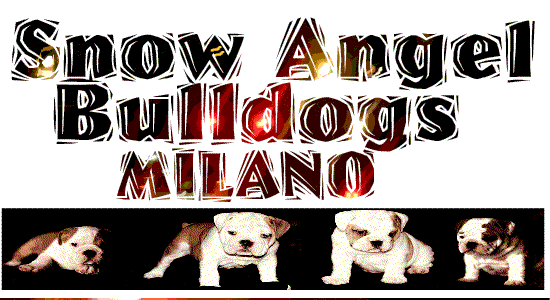
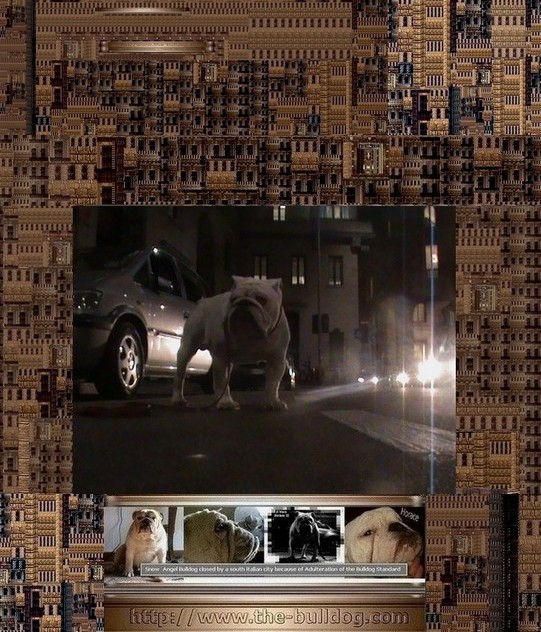
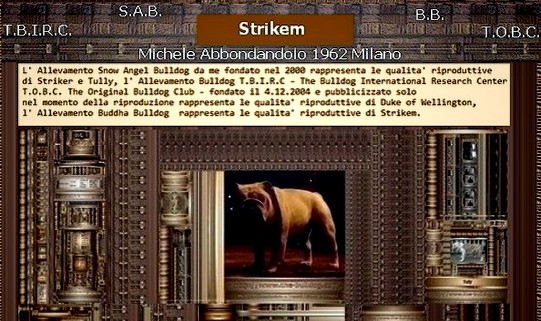 Happy Halleween 2023.
Happy Halleween 2023.
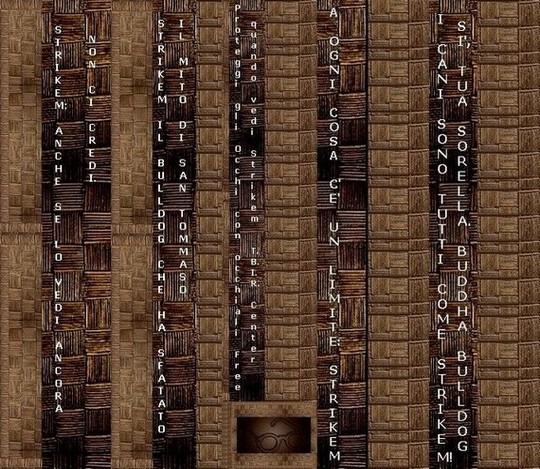

Webmaster Mike Va Ur, July 4, 1962.
- 2023 - Sept - 29.
-
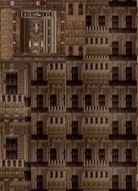
-


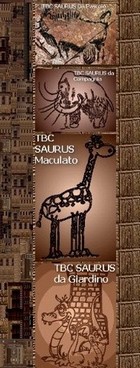
-
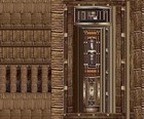


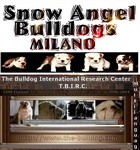 ___Homepage
___Homepage
 ___Languages
___Languages
 ___Mike Va Ur
___Mike Va Ur


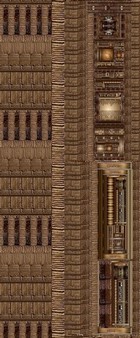

- Russian Borzoi
-

- Russian Dogs
-

-
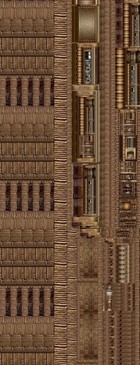


- Chinese Dogs
-

- Chinese Breeds
-

- Chinese Dog
-

- Chinese Dogs
-

- Chinese Breed
-
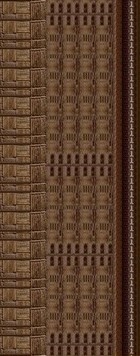
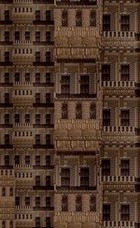
-

- China Dog
-

- Chinese Breedings
-

- China Dogs
-

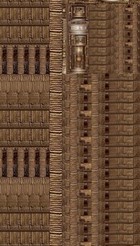
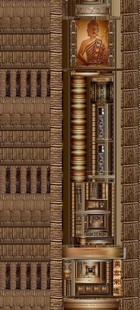
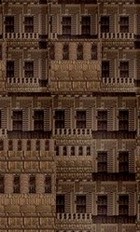
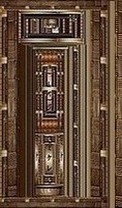
-

- Pug Dogs
-


-

- Breeds From China


-

- Chinese Breed
-

- Chinese Art
-
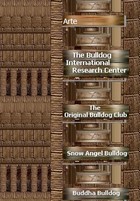
-

- Original Pug
-

- Guard Dogs
-

- Milano



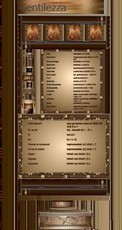
-


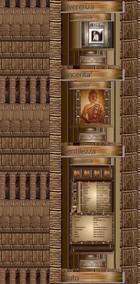

- British Bull

- World News
-

- Club


- Idioma
-

- English Bulldog
-

- Bulldog Ingles
-

- Buldog
-

- Buldogue
-

- Bulldog Inglese
-

- Bulldog Anglais
-

- ___Japam
-

- Abruzzo
-

- Basilicata
-

- Calabria
-

- Campania
-

- Friuli
-

- Emilia Romagna
-

- Lazio
-

- Liguria
-

- Lombardia
-

- Marche
-

- Molise
-

- Piemonte
-

- Puglia
-

- Sardegna
-

- Sicilia
-

- Toscana
-

- Trentino
-

- Umbria
-

- Veneto
-

- Val D'Aosta
-

-

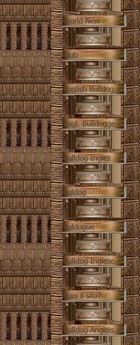
-

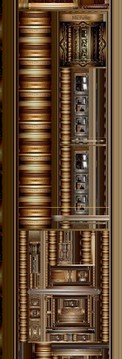
-

- Maculato
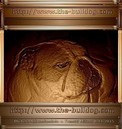
- __Killed by Law
-

- __Zed Garish
-

- the-bulldog.com
-


-
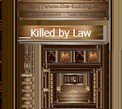
-

- Vuoi il sito?
-

- Robin Hood
-

- Strike
-

- Tully
-

- Jubilant
-

- Winston
-

- Little john
-

- Lord byron
-

- Polly

-
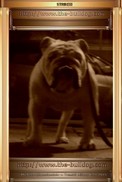
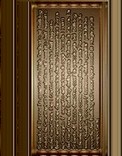
-
Mike Va
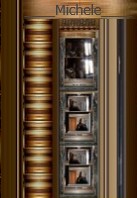
-

- ____Grafica
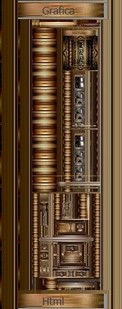
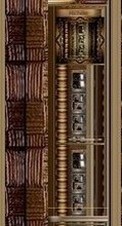 ____Html
____Html